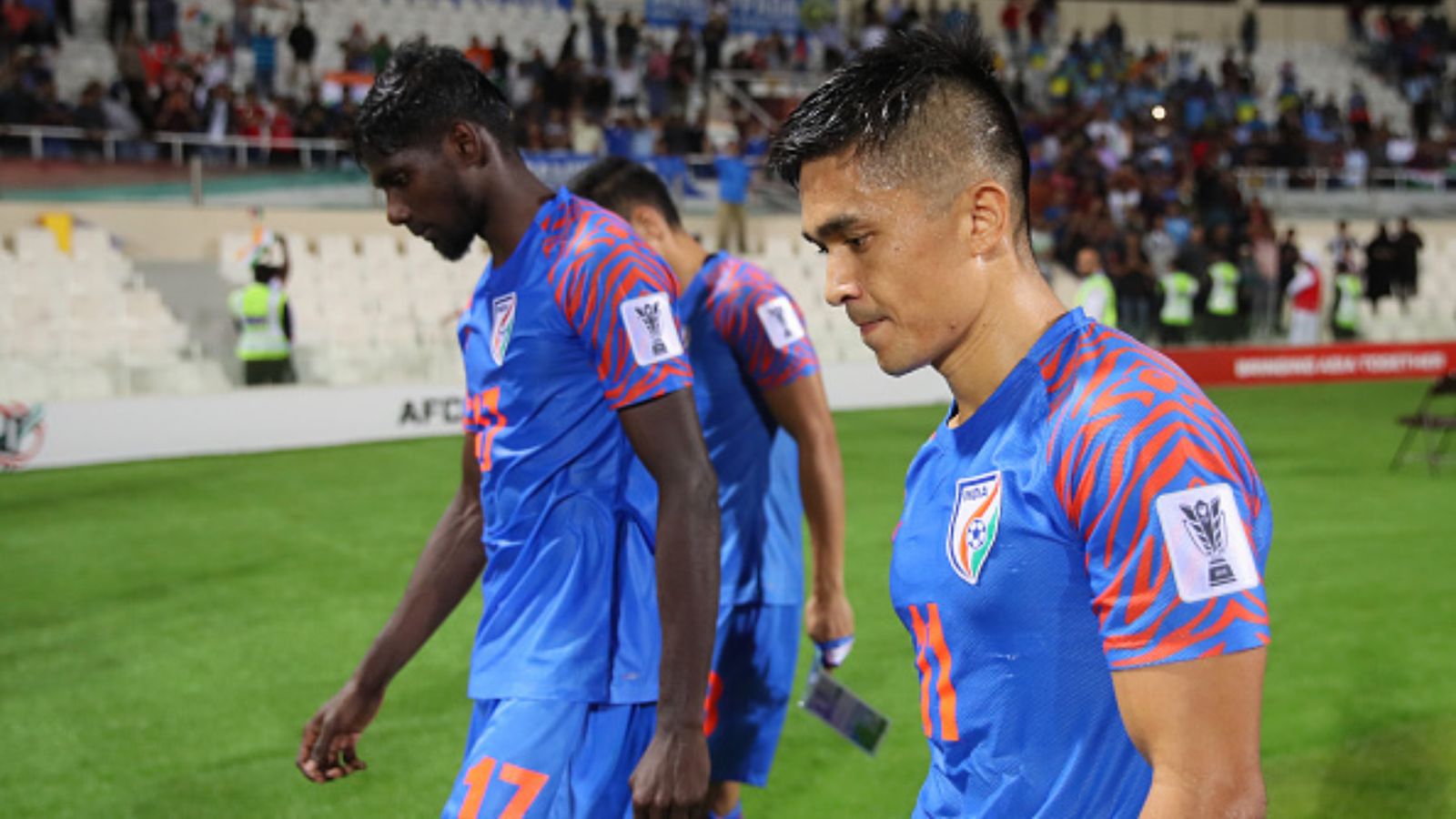Japan. South Korea. Australia. Iran. Saudi Arabia. These are some of the Asian teams that punched above their weight at the FIFA World Cup 2022, currently being played in Qatar. Of these five teams, three of them made it to the Round of 16, and for the first time in the competition's 92-year history, the World Cup saw more Asian teams than South American at the mega event. But India, ranked 106th in the world, are nowhere close to meeting the same standards.
There are many reasons for the same — physiological, economic and sociological to name a few. But the biggest of them all is a lack of infrastructure to push young and budding Indian footballers to perform at the highest level. And the highest level in world football undoubtedly has to be playing in Europe.
Taking a closer look at some of the non-European contenders to win the coveted trophy, almost all the players are plying their trade in football leagues across Europe. This also includes the surprise package Morocco, who actually have stars in some of the best teams in the world like Paris St. Germain in France (Achraf Hakimi), Bayern Munich in Germany (Noussair Mazraoui) and Barcelona in Spain (Abde Ezzalzouli).
And that begs a big question — If our neighbours can do it, then why can't India?
Lack of infrastructure a telling factor
As mentioned above, the building blocks that make any team, club or country, are the grassroots level production of future stars of the game. While Morocco, Argentina and others have players coming out of European countries, there are many countries to have built their own academy set-ups. The best example at this point is Japan, who beat former World champions Germany and Spain to top their group.
India have the money to build world-class academy centres. There are actually a few being set up, by Indian Super League (ISL) sides FC Goa and Hyderabad FC to name a few, but this is just the beginning of a revolution. The real improvement will begin with government intervention, and here's why.
Using foreign players of Indian origin will be a big boost
We have never seen an Indian player coming through the academy ranks at any of the top football clubs in the world. And even if they do, then these players will not play for the national team. There are a multitude of players across Europe who have Indian ancestry but are not allowed to play for the country, and the lack of such talents have really hurt the Blue Tigers over the years, so much so that the current head coach have pointed out the same.
According to the laws, India does not allow dual citizenship and only footballers who hold an Indian passport are permitted to represent the country in international games as per the current rule which was formed by the Sports Ministry in 2008. And a major reason to do this is to help improve the talent of the country.
But unlike most of the other Asian countries that allow players of foreign nationalities to play for India, we should atleast amend the law enough to allow players of Indian origin to be a part of the team, slowly building a squad to fight for trophies.
Breaking the vicious cycle we are stuck in
Given that foreign players cannot play for India, a lot of the pressure falls on the current crop of Indian players, meaning that head coach Igor Stimac has a very limited pool of talent to dip into. The team is being carried by their skipper and talisman Sunil Chhetri, but at 38 years, the side cannot completely rely on him. And to add salt to their wounds, there is no outright striker who can take his place in the squad when he retires, which is a scathing indictment of India's grassroots football development.
This clearly boils down to a lack of money to build the infrastructure. And if there is no funding, then the All India Football Federation (AIFF) needs to look at other avenues, like winning more trophies and matches and qualifying for major tournaments. They can also do so with good players, which are in low supply because... You guessed right! No grassroots development.
And this cycle will go on and on and on unless the AIFF pushes India's sports ministry to revamp the way we recruit players to the national team.
India have been a country to always perseveres against the odds. We peaked in football in the 1950s and many believe that if we played the 1950 FIFA World Cup, then the trajectory of the sport might have been different. But these are all circumspect. The real fight for our future begins now and is in the hands of the newly-appointed executive committee of the AIFF. But one can attest to the fact that without money, and a lack of competitive academies and leagues and players, India are nowhere close to the big wigs.


